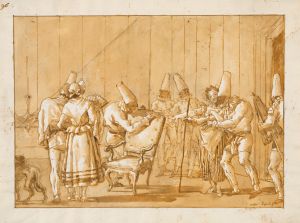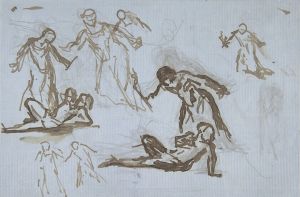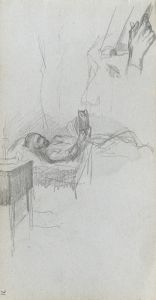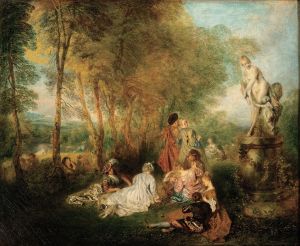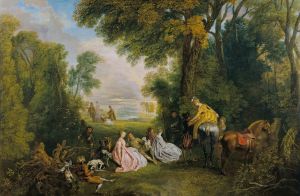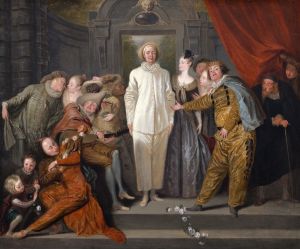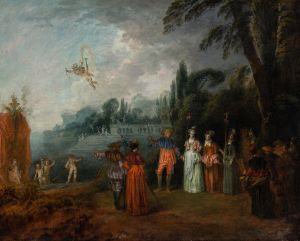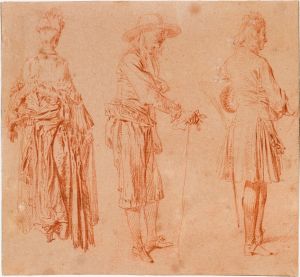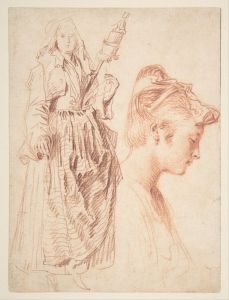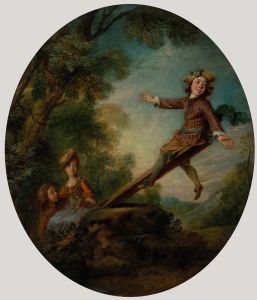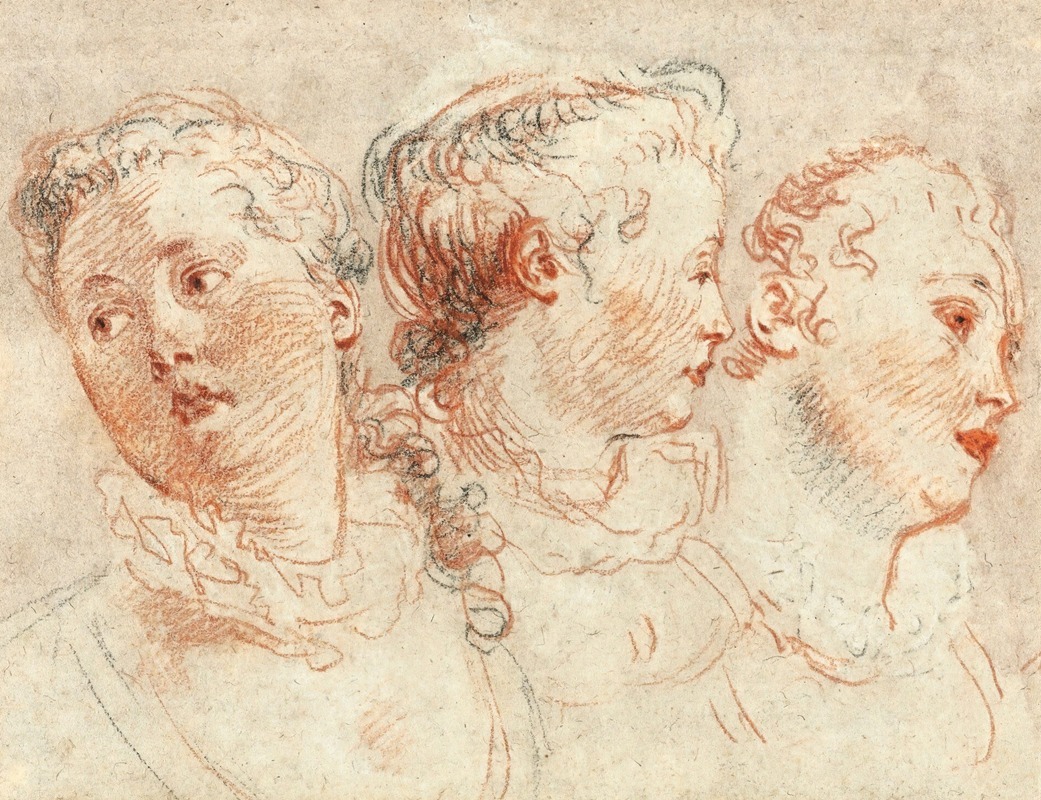
Three Studies Of The Head Of A Woman
A hand-painted replica of Jean-Antoine Watteau’s masterpiece Three Studies Of The Head Of A Woman, meticulously crafted by professional artists to capture the true essence of the original. Each piece is created with museum-quality canvas and rare mineral pigments, carefully painted by experienced artists with delicate brushstrokes and rich, layered colors to perfectly recreate the texture of the original artwork. Unlike machine-printed reproductions, this hand-painted version brings the painting to life, infused with the artist’s emotions and skill in every stroke. Whether for personal collection or home decoration, it instantly elevates the artistic atmosphere of any space.
Jean-Antoine Watteau, a prominent French painter of the early 18th century, is renowned for his contributions to the Rococo style, characterized by its lightness, elegance, and exuberant use of color and detail. One of his notable works, "Three Studies of the Head of a Woman," exemplifies his skill in capturing the subtleties of human expression and form. This artwork is a drawing, a medium in which Watteau excelled, often using it as a preparatory step for his larger paintings.
"Three Studies of the Head of a Woman" is a fine example of Watteau's draughtsmanship. The piece features three distinct views of a woman's head, each rendered with delicate lines and a keen attention to detail. Watteau's use of red chalk, a medium he favored, allows for a soft yet precise depiction of the subject's features, highlighting his ability to convey texture and depth. The drawing showcases Watteau's interest in capturing fleeting expressions and the nuances of human emotion, a hallmark of his work.
Watteau's drawings were often studies for his larger compositions, and "Three Studies of the Head of a Woman" likely served a similar purpose. His drawings were not merely preparatory sketches but were valued as artworks in their own right, admired for their beauty and technical prowess. This particular drawing reflects Watteau's fascination with the human face and his ability to convey a sense of immediacy and intimacy.
The subject of the drawing, a woman, is depicted in three different angles, allowing Watteau to explore various aspects of her expression and demeanor. This approach is indicative of Watteau's broader artistic practice, where he frequently revisited themes and subjects, exploring them from multiple perspectives. The drawing's composition suggests a study of character and mood, with each head capturing a different emotional state or moment in time.
Watteau's work, including "Three Studies of the Head of a Woman," played a significant role in the development of the Rococo style. His emphasis on elegance, grace, and the portrayal of intimate, everyday moments influenced a generation of artists and helped to define the aesthetic of the period. Watteau's ability to blend realism with a sense of whimsy and lightness is evident in this drawing, as he captures the essence of his subject with both precision and sensitivity.
The legacy of Jean-Antoine Watteau is evident in the continued appreciation of his work, both in his lifetime and posthumously. His drawings, in particular, are celebrated for their technical skill and emotional depth, offering insight into the artist's creative process and his approach to capturing the human experience. "Three Studies of the Head of a Woman" remains a testament to Watteau's mastery of the medium and his enduring influence on the art world.






